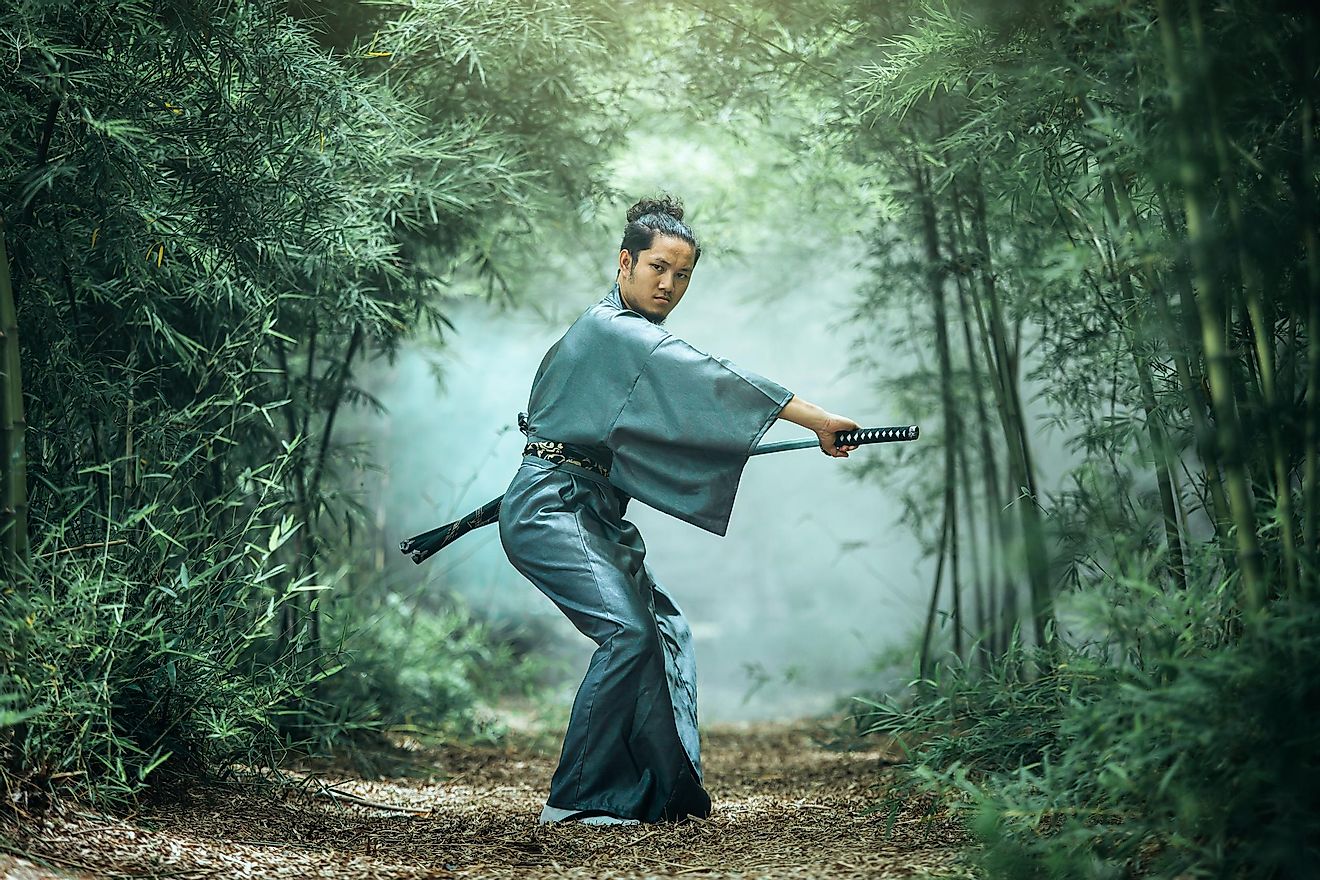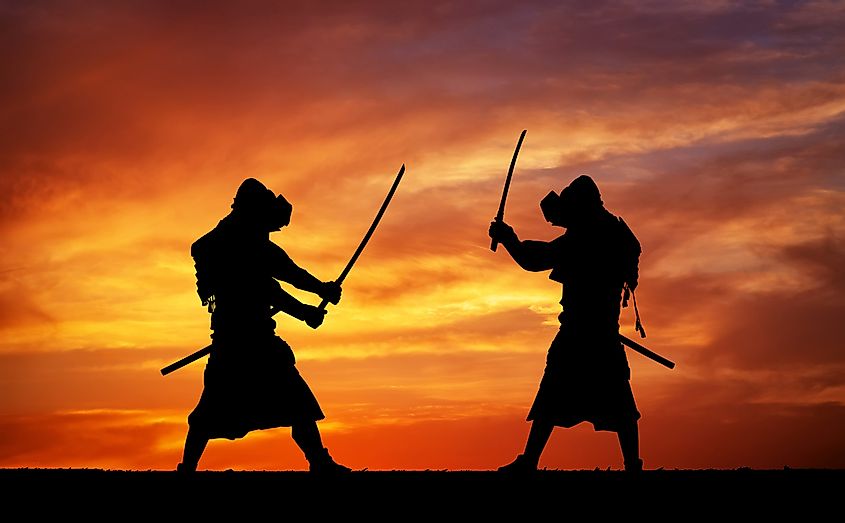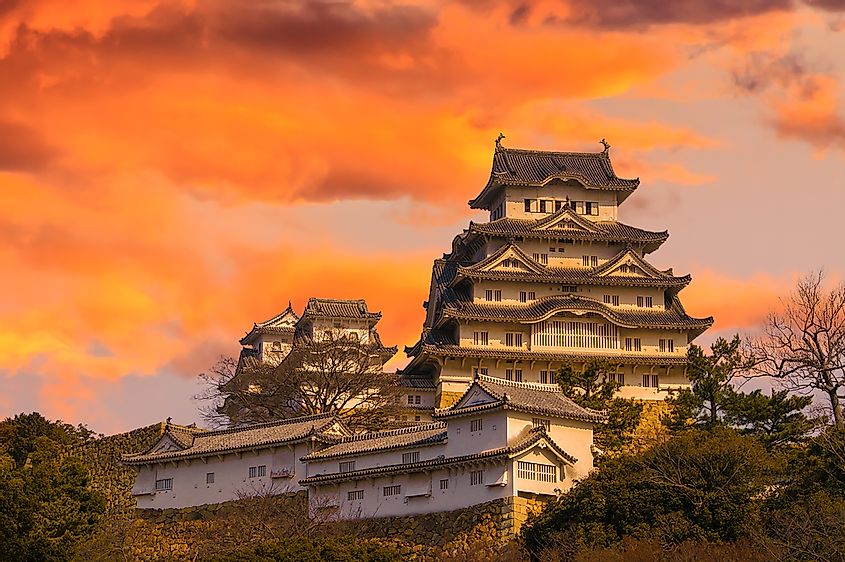Most Famous Samurai Of All Time: Miyamoto Musashi

The samurai were a warrior class in the Japanese society that was active from the 12th century up to the late 1800s. They enjoyed very high prestige in Japan, and they were well paid by the feudal landholders for their services. The ways of the samurai are based on the Bushido code of virtues - the samurai is always loyal and has an indifference to pain. They are also brave enough to take their own lives in the form of ritual suicide called seppuku.
So which of the many samurai that lived in that period proves to be the greatest ever?
Who Is Miyamoto Musashi?
Based on the history that surrounds this samurai, he could be considered as one of the most famous samurai that ever lived. Shinmen Musashi no Kami Fujiwara no Genshin, as was Musashi’s full name, was born in the Mimasaka province, Japan, in 1584. His family already had a long tradition of samurai trained members, and it was his father Shinmen Munisai that did the first series of sword training with Musashi. This was happening when Musashi was not even 10 years old.
Unfortunately, both of his parents died when he reached the age of 10, leaving him to grow up in a monastery where he was introduced to the ways of Zen Buddhism. Musashi spent the next few years training his sword abilities, and he was just 13 years old when he decided to enter his first duel.
A Legend Was Born In Musashi’s First Duel

One day, a professionally trained samurai called Arima Kihei was traveling close to the village Musashi was staying. Kihei challenged people of the village, probably not expecting anyone to fight a professional samurai. However, young Musashi responded to the challenge. In his first duel, a wooden sword was Miyamoto Musashi’s weapon of choice. Arima Kihei was equipped with a regular, and very lethal, shortsword. The fight did not last long. As Musashi charged Kihei with a wooden sword first, he lifted him off the ground, slamming his head into the ground. With the wooden stick, he finished the job and killed Kihei.
Musashi left the monastery when he was 16 years old and actually spent most of his life traveling through the rural parts of Japan, never settling anywhere permanently. One of his most famous fights was the one that happened in 1600. In the Battle of Sekigahara, the side Musashi was fighting for lost. Defeating all odds, Musashi somehow survived the battle and could become a ronin, which stands for ''masterless samurai''.
Embarrassing The Yoshioka Family
Another impressive display of his samurai skills happened in Kyoto, which was then the capital of Japan. He challenged the famous Yoshioka group, which had some of the best swordsmen in the country. In his fight with the leader of the group, Seijuro Yoshioka, Musashi once again grabbed a wooden sword (bokken) as his weapon of choice. The battle was over when he broke Yoshioka’s hand, embarrassing the whole group.

To restore their honor, Seijuro’s younger brother Denshichiro wanted to fight Musashi. Unfortunately for him, Musashi did not stop with breaking his arm like he did with his older brother but ended up taking his life, now completely shattering the honor of the Yoshioka family. The Yoshioka’s planned an ambush to kill Musashi, but again, failed miserably when he killed the new leader of the group, Matashichiro, and escaped.
Another notable fight of his happened in 1612 when he was about to fight the country’s most respected samurai called Sasaki Kojiro. This time Musashi held a real sword, slit Kojiro’s throat, and the fight was over. It is believed that Musashi won over 60 duels during his lifetime, and some of those happened when he faced more than one opponent.
Musashi's Final Days
When he knew death was near, Musashi withdrew from any fighting and wrote his book called ‘’Go Rin No Sho’’, which translates as the Book Of Five Rings. But another essential piece worth mentioning is called ‘’Dokkodo’’ in which Musashi described the ways of self-discipline during his lonesome wanderings around the land of Japan. Miyamoto Musashi died in 1645 from natural causes.







